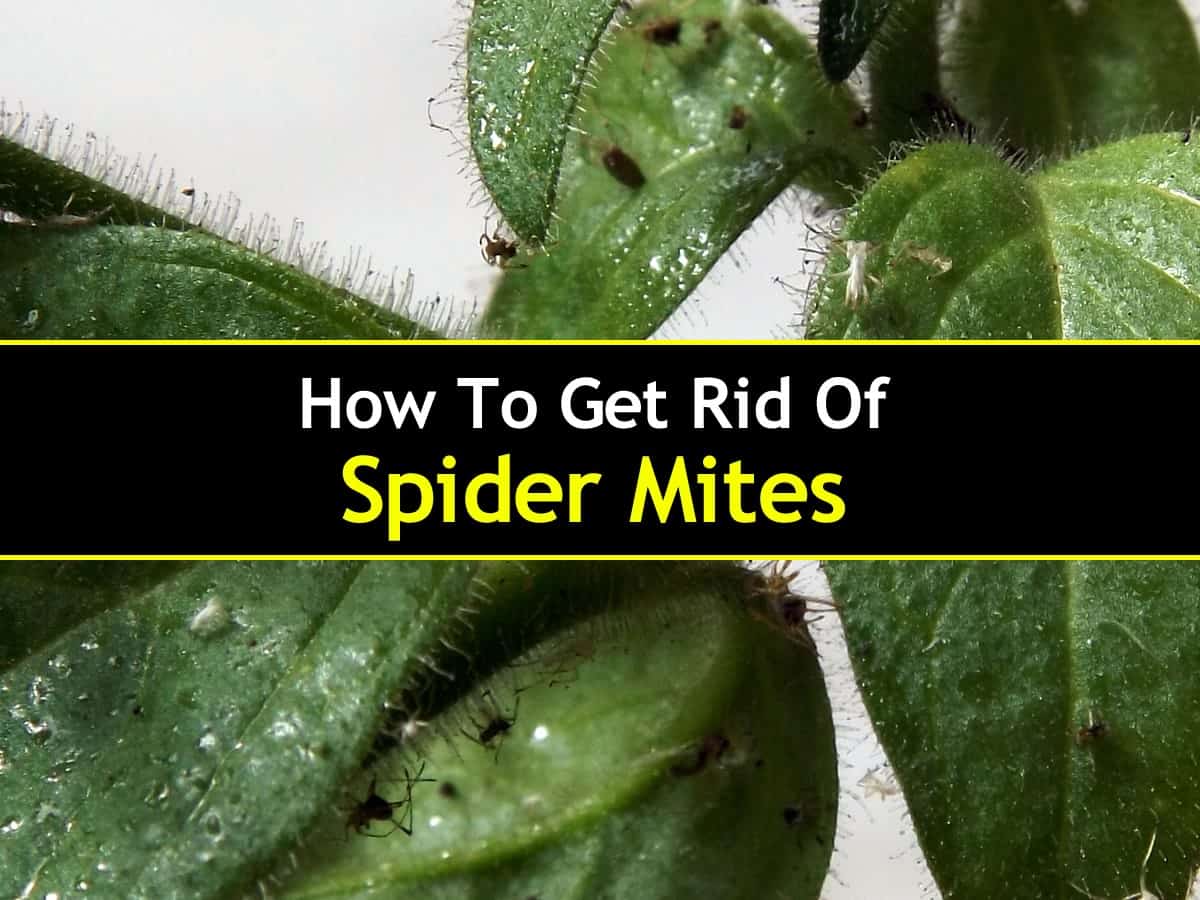If you’ve noticed your prized Amazon elephant ear plant looking worse for wear, with yellow, stippled leaves covered in tiny webs, chances are it has been infested by nearly microscopic but seriously harmful spider mites. Getting rid of spider mites on elephant ear plants takes patience and persistence, but is possible with the right techniques. In this comprehensive guide, we’ll explore proven methods for identifying, treating, and preventing destructive spider mite infestations on Amazon elephant ears.
Identifying Spider Mites on Elephant Ear Plants
Spider mites can be tricky to spot due to their tiny size, often less than 1 mm long. Here are the telltale signs that your plant has become a meal for these pesky pests:
- Fine webbing on the undersides of leaves and along stems
- Stippling – small light dots on leaves caused by mites sucking out chlorophyll
- Yellowing, wilted, or curling leaves
- Drooping or stunted new growth
Take a very close look at the undersides of leaves using a magnifying glass or hand lens. You may see minuscule, slow moving mites ranging in color from red to yellow to brown. Their populations can explode rapidly, so early identification and treatment is key.
Effective Natural Treatments for Spider Mites
For heavy infestations, chemical miticides may be necessary. But for mild to moderate cases, these natural treatments can eliminate mites without harming your plant’s health:
-
Insecticidal soaps – Potassium salts of fatty acids disrupt mite membranes on contact Spray leaves thoroughly and repeat every 5-7 days
-
Neem oil – The azadirachtin in neem oil acts as an insect growth regulator. Coat leaves and stems reapplying every 1-2 weeks.
-
Horticultural oils – These oils smother mites and eggs. For elephant ears, stick to lightweight oils like jojoba or grapeseed and test on a small area first.
-
Water spray – A forceful spray every 3 days dislodges mites. Be sure to get the undersides of leaves. Let soil dry between treatments.
-
Diatomaceous earth – The razor-sharp fossils in DE cut into mites’ bodies, killing them within 48 hours. Dust leaves, reapplying after rain or watering.
Chemical Treatments for Severe Spider Mite Infestations
If natural options haven’t resolved the issue, miticides or acaricides specifically formulated for spider mites may be required:
-
Abamectin – Derived from soil bacteria, abamectin disrupts mite neurological function. Use caution, as it can impact beneficial insects.
-
Fenpyroximate – This potassium channel blocker interferes with mite mobility and feeding. Apply according to label instructions.
-
Bifenzate – Bifenzate forces mites to hyperventilate, leading to death. Test first and don’t use when pollinators are active.
When using any chemical control, cover soil, wear gloves and protective clothing, and avoid exposing beneficial garden insects. Follow all label precautions carefully.
Critical Preventative Measures
Getting rid of spider mites is only half the battle – you need to prevent their return. Here are proven tactics to help keep these pests off your elephant ears for good:
-
Remove any severely infested leaves or plants to prevent spreading.
-
Quarantine new plants before introducing to check for mites.
-
Provide adequate humidity and avoid moisture stress.
-
Avoid excess nitrogen fertilization which can spur mite growth.
-
Keep garden free of weeds that may harbor mites.
-
Introduce predatory mites like Phytoseiulus persimilus to consume mites.
-
Use reflective mulch to deter mites from plants.
With vigilance, prompt treatment at first signs of mites, and good cultural practices, you can protect your elephant ear and other plants from destructive spider mite damage. No more unsightly webs or ragged leaves – just vigorous, verdant and vibrant elephant ear foliage.
Frequently Asked Questions about Spider Mites on Elephant Ears
How did my elephant ear get infested with spider mites?
Spider mites easily spread from plant to plant on breezes, tools, and clothing. They thrive in hot, dry conditions and reproduce rapidly. Drought-stressed, poorly nourished plants are most vulnerable to infestations.
Are spider mites harmful to my elephant ear?
Yes, spider mites feed on plant fluids and chlorophyll, causing stippling, curling leaves, and foliage dieback. Unchecked infestations can seriously weaken or kill elephant ear plants. Their webbing also promotes mold growth.
Should I cut off all the damaged elephant ear leaves?
No need to remove all affected leaves unless the plant is severely infested. Prune only the most heavily damaged foliage. Removing too many leaves can stress the plant further. Focus on treatment and new growth will replace damaged leaves.
How often should I apply natural spider mite treatments?
Most natural remedies should be reapplied every 5-7 days for 2-3 weeks to interrupt mite life cycles. Neem oil can be effective with application every 7-14 days. Repeat if mites persist.
When should I resort to chemical miticides for elephant ears?
Try natural methods first, turning to chemical miticides only if all other options have failed. Chemicals should be a last resort and applications minimized to protect pollinators and beneficial insects.
Should I throw out my elephant ear if it had spider mites?
Not necessarily! With prompt treatment, most plants can make a full recovery. Monitor closely for any remaining mites and discard only if the infestation was completely uncontrolled, leading to severe leaf loss and plant decline.
By understanding the pest, monitoring closely, and using integrated pest management practices, you can successfully rid your elephant ears of destructive spider mites and maintain their spectacular foliage. Don’t resign yourself to ravaged plants – fight back against spider mites!

k
